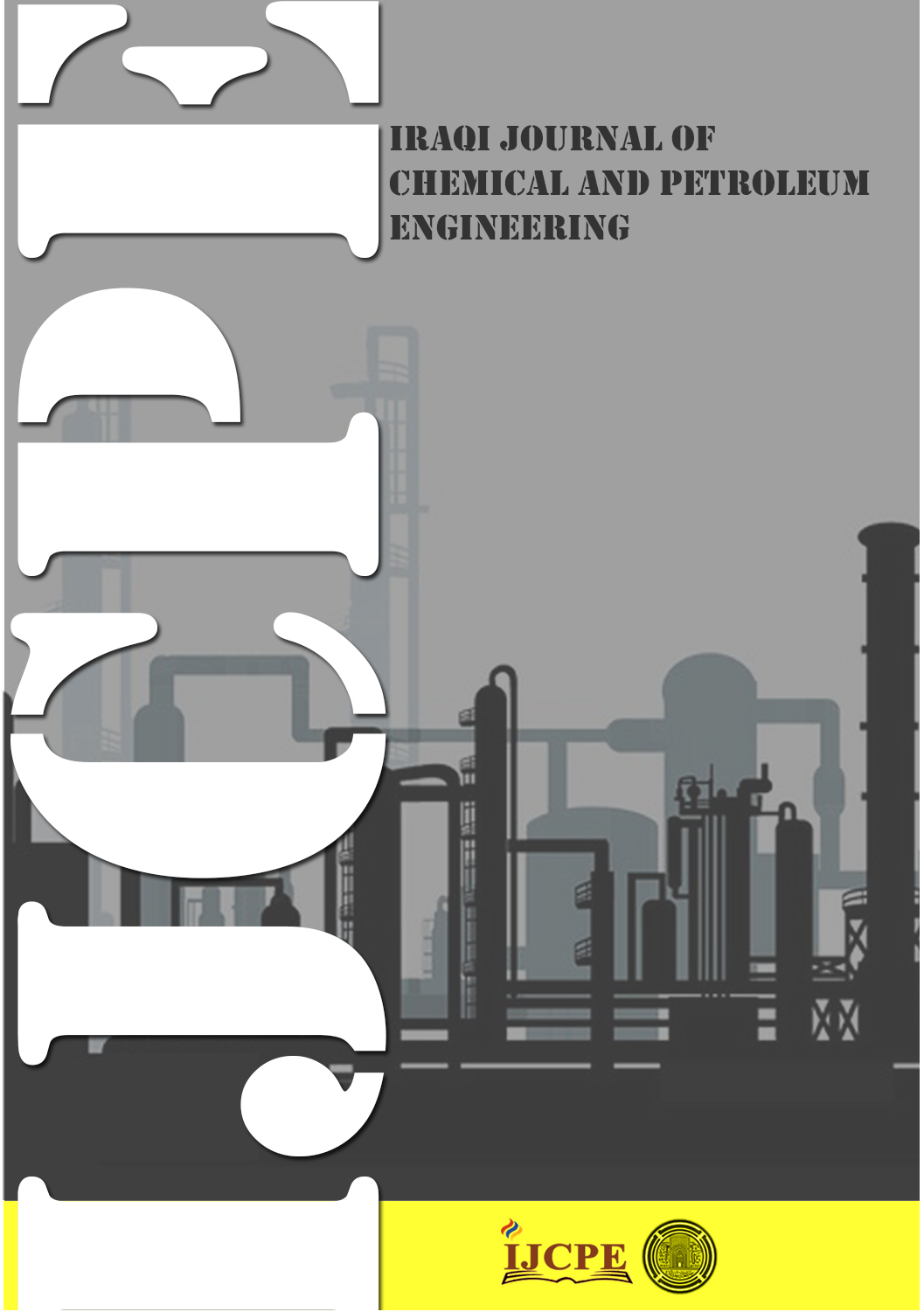Abstract
Microwave power has a more significant effect on cracking with less energy consumption. The microwave power and the catalysis increase the racking rate and the conversion at lower temperatures. Accordingly, the generated hot spots in the catalyst offer a suitable condition for cracking (high rate and low temperature). The microwave technique was used to conduct the cracking of heavy naphtha. A set of experiments was done with microwave power (750–1250 W), preheating temperatures (150–250 ˚C), and space velocities (2–6 l/hr) with and without nitrogen injection. The nitrogen injection enhanced the conversion for all situations. The best result has a conversion of 47.37% with nitrogen injection at microwave power of 1250 W, a flow rate of 4 l/hr, and a preheating temperature of 250˚C. Generally, it was noted that the flow rate did not affect the conversion. Compared to conventional techniques, the microwave power increased both the reaction and conversion rates, allowing for work at lower temperatures that traditional methods cannot achieve. This study investigated how microwaves with catalysts affect residence time, energy savings, and conversion. The microwave technique experiment could be scaled up to become a mass production unit in any refinery.
Keywords
Microwave reactor; Catalytic cracking; Heavy naphtha cracking; Microwave heterogeneous catalysis.
Abstract
طاقة الميكروويف تمتلك تأثير عجيب مع استهلاك أقل للطاقة عند استخدامها بالتكسير الحراري. تعمل طاقة الميكروويف والمحفز على زيادة معدل التكسير والتحويل عند درجة حرارة منخفضة. وعليه، فإن البقع الساخنة الناتجة على الحدود البلورية للمحفز توفر ظروفًا مناسبة للتكسير (معدل تكسير مرتفع ودرجة حرارة منخفضة). تم إجراء التكسير الحراري للنفتا الثقيلة بتقنية الميكروويف. وتم إجراء مجموعة من التجارب بقوة الميكروويف (750-1250) واط ودرجات حرارة التسخين المسبق (150-250 درجة مئوية) وسرعات (2 -6 لتر/ ساعة) مع وبدون حقن النيتروجين. كانت أفضل نتيجة تحويل (43.37) مع حقن النيتروجين. بقوة الميكروويف (1250) واط ودرجات حرارة التسخين المسبق (250 درجة مئوية) وسرعات (4 لتر/ ساعة). بصورة عامة نلاحظ ان سرعة الجريان لا تؤثر على معدل التحويل. وبالمقارنة بالتقنيات التقليدية، فإن طاقة الميكروويف تزيد من معدل التفاعل ومعدل التحويل، مما يسمح بالعمل في درجات حرارة أقل لا تستطيع الطرق التقليدية تحقيقها. وقد بحثت هذه الدراسة في كيفية تأثير الموجات الدقيقة مع المحفزات على وقت المكوث وتوفير الطاقة ومعدل التحويل. ويمكن توسيع نطاق تقنية الميكروويف لتصبح وحدة إنتاج ضخمة في أي مصفى.
Keywords
مفاعل الموجات الدقيقة، التكسير الحراري التحفيزي، تكسير النافثا الثقيلة، مفاعل التكسير، الموجات الدقيقة والتحفيز غير المتجانس.
